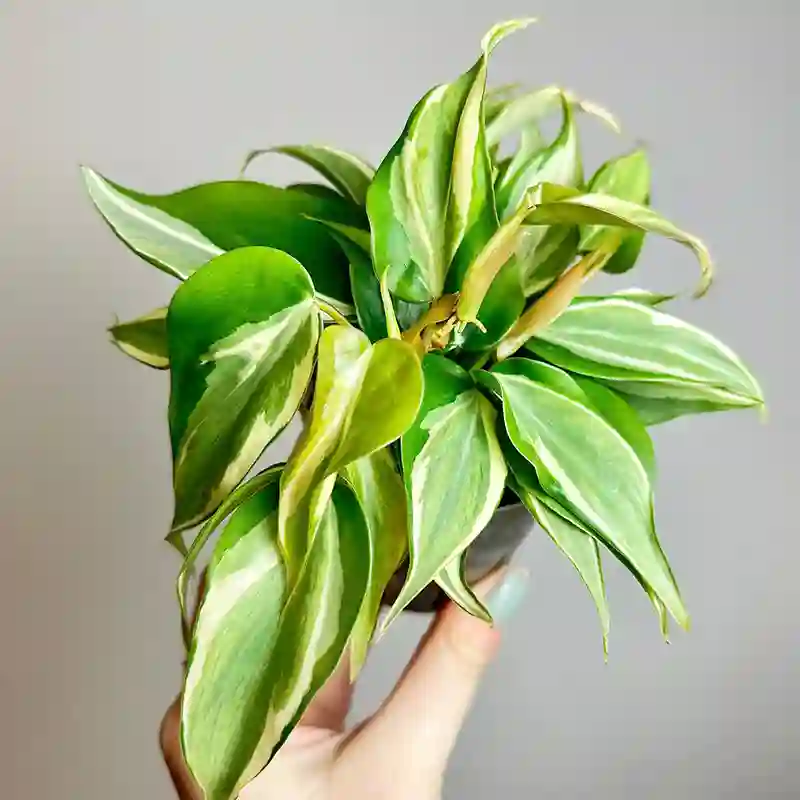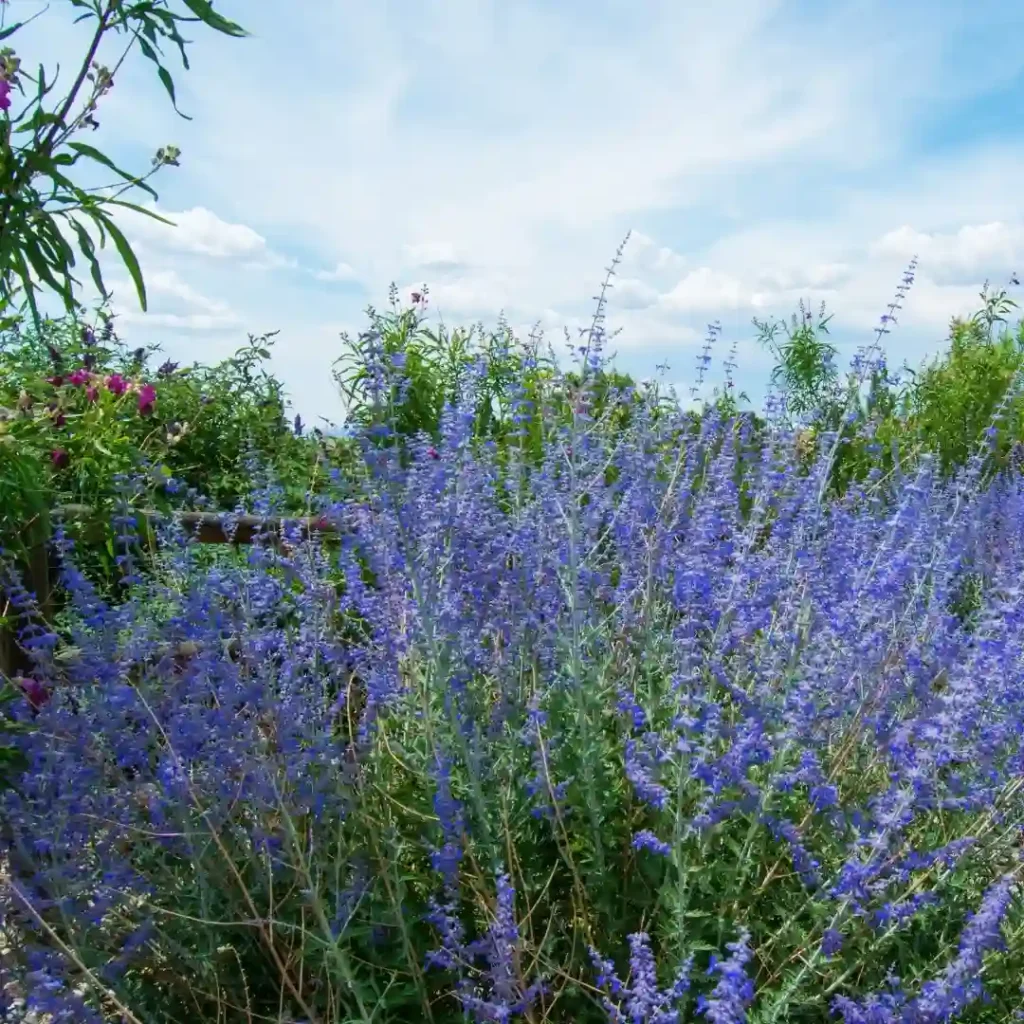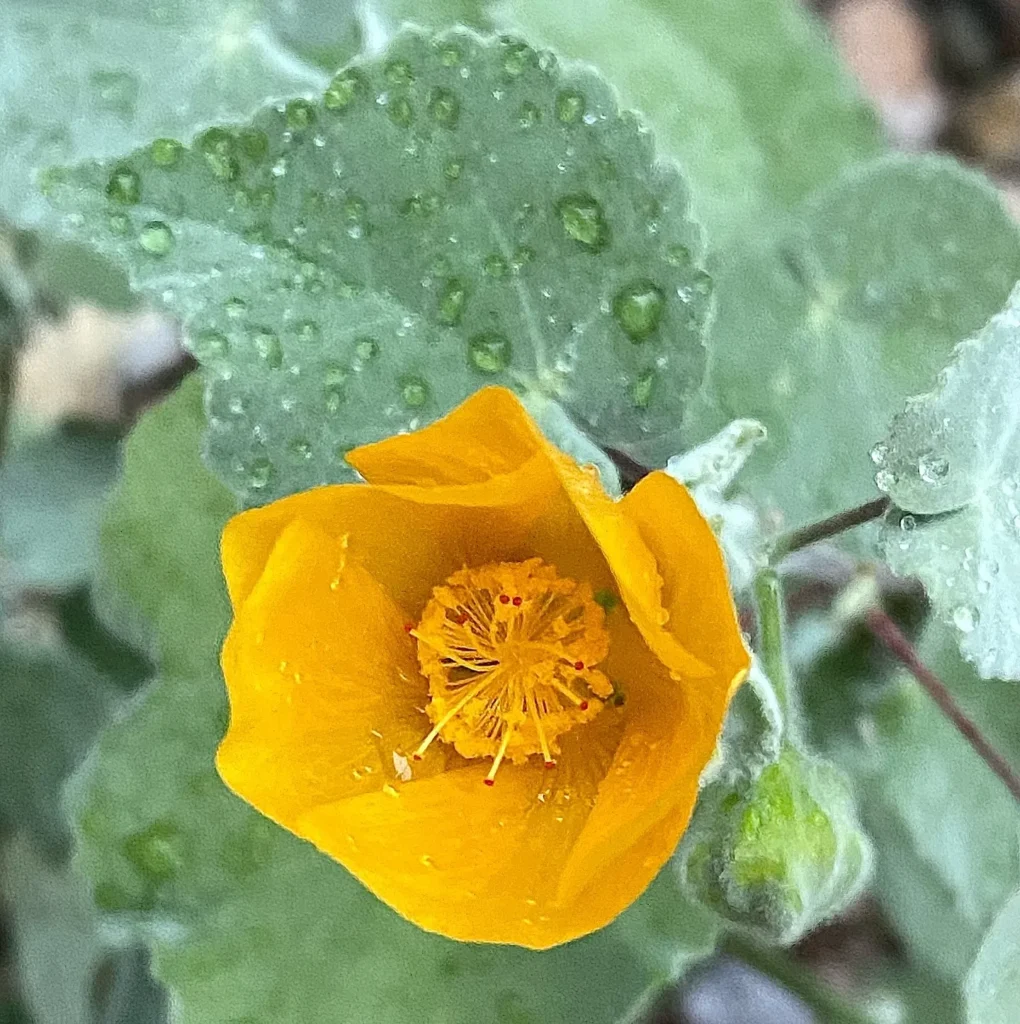Photinia: A Deep Dive with Ferb Vu
As a plant enthusiast, I’ve always been drawn to the vibrant colors and lush foliage of the genus Photinia. This diverse group of shrubs and small trees offers a captivating array of textures and hues, making them a popular choice for gardens and landscapes. Join me as we delve into the fascinating world of Photinia, exploring its characteristics, species, and cultivation.
What Makes Photinia Unique?
The name Photinia originates from the Greek word “photeinos,” meaning “shiny,” a fitting tribute to the glossy leaves that characterize many species. Belonging to the rose family (Rosaceae), Photinia are closely related to apples and pears, a fact that often surprises those unfamiliar with their botanical classification.
While evergreen varieties dominate, deciduous species also exist, showcasing the remarkable diversity within this genus. Their adaptability to various climates and soil conditions further enhances their appeal among gardeners worldwide.
A Kaleidoscope of Species
The genus Photinia encompasses a wide array of species, each with its own unique characteristics. Here are:
- Photinia anlungensis T.T.Yu
- Photinia arbutifolia Lindl.
- Photinia berberidifolia Rehder & E.H.Wilson
- Photinia chihsiniana K.C.Kuan
- Photinia chingiana Hand.-Mazz.
- Photinia chingshuiensis (T.Shimizu) T.S.Liu & H.J.Su
- Photinia chiuana Z.H.Chen, Feng Chen & X.F.Jin
- Photinia crassifolia H.Lév.
- Photinia cucphuongensis T.H.Nguyên & Yakovlev
- Photinia davidiana (Decne.) Cardot
- Photinia fokienensis (Finet & Franch.) Franch. ex Cardot
- Photinia × fraseri Dress
- Photinia glabra (Thunb.) Pépin Plant FAQs: Photinia Glabra
- Photinia griffithii Decne.
- Photinia integrifolia Lindl.
- Photinia lanuginosa T.T.Yu
- Photinia lindleyana Wight & Arn.
- Photinia lochengensis T.T.Yu
- Photinia loriformis W.W.Sm.
- Photinia megaphylla T.T.Yu & T.C.Ku
- Photinia prionophylla (Franch.) C.K.Schneid.
- Photinia prunifolia (Hook. & Arn.) Lindl.
- Photinia pustulata Lindl.
- Photinia serratifolia (Desf.) Kalkman
- Photinia stenophylla Hand.-Mazz.
- Photinia taishunensis G.H.Xia, L.H.Lou & S.H.Jin
- Photinia tushanensis T.T.Yu
- Photinia undulata (Decne.) Cardot
- Photinia wrightiana Maxim.
Cultivating Photinia: A Rewarding Endeavor
Growing Photinia can be a rewarding experience, as these resilient plants generally require minimal care. However, understanding their basic needs is crucial for optimal growth and aesthetic appeal.
Sunlight and Soil: Most Photinia thrive in full sun to partial shade. Well-drained soil is essential to prevent root rot, a common issue that can plague these plants.
Watering: While established plants are relatively drought-tolerant, regular watering is crucial during the first year of growth. Maintaining consistent moisture encourages healthy root development.
Pruning: Regular pruning helps maintain the desired shape and size while promoting bushier growth. Trimming after flowering encourages new growth and enhances the vibrant colors of many varieties.
Pests and Diseases: While generally hardy, Photinia can be susceptible to certain pests and diseases. Fire blight, a bacterial infection, and leaf spot, a fungal disease, are common culprits. Proper care and preventative measures can help mitigate these issues.
The Allure of Photinia
The enduring popularity of Photinia stems from its versatility and visual appeal. Its vibrant foliage, particularly the striking red new growth of cultivars like ‘Red Robin,’ adds a dramatic touch to gardens and landscapes. Whether used as hedges, specimen plants, or in mixed borders, Photinia brings a touch of elegance and vibrancy to any setting.
Beyond Aesthetics: Apart from their ornamental value, some Photinia species have traditional medicinal uses. For instance, Photinia serratifolia has been used in Chinese medicine for its purported anti-inflammatory and antibacterial properties.
A Note of Caution: It’s important to note that some Photinia species contain cyanogenic glycosides, which can release hydrogen cyanide when leaves are ingested. While not typically a concern for casual contact, it’s advisable to keep these plants out of reach of children and pets.
Embracing the Beauty of Photinia
In conclusion, the genus Photinia offers a captivating array of plants that can transform any garden into a vibrant oasis. Their adaptability, ease of care, and striking foliage make them a favorite among gardeners of all levels. By understanding their needs and appreciating their diversity, we can fully embrace the beauty and versatility of these remarkable plants.
As I continue to explore the world of Photinia, I’m constantly amazed by the unique characteristics and captivating beauty of each species. From the fiery red hues of ‘Red Robin’ to the graceful elegance of Photinia beauverdiana, these plants offer a testament to the diversity and resilience of the natural world.
If i die, water my plants!



